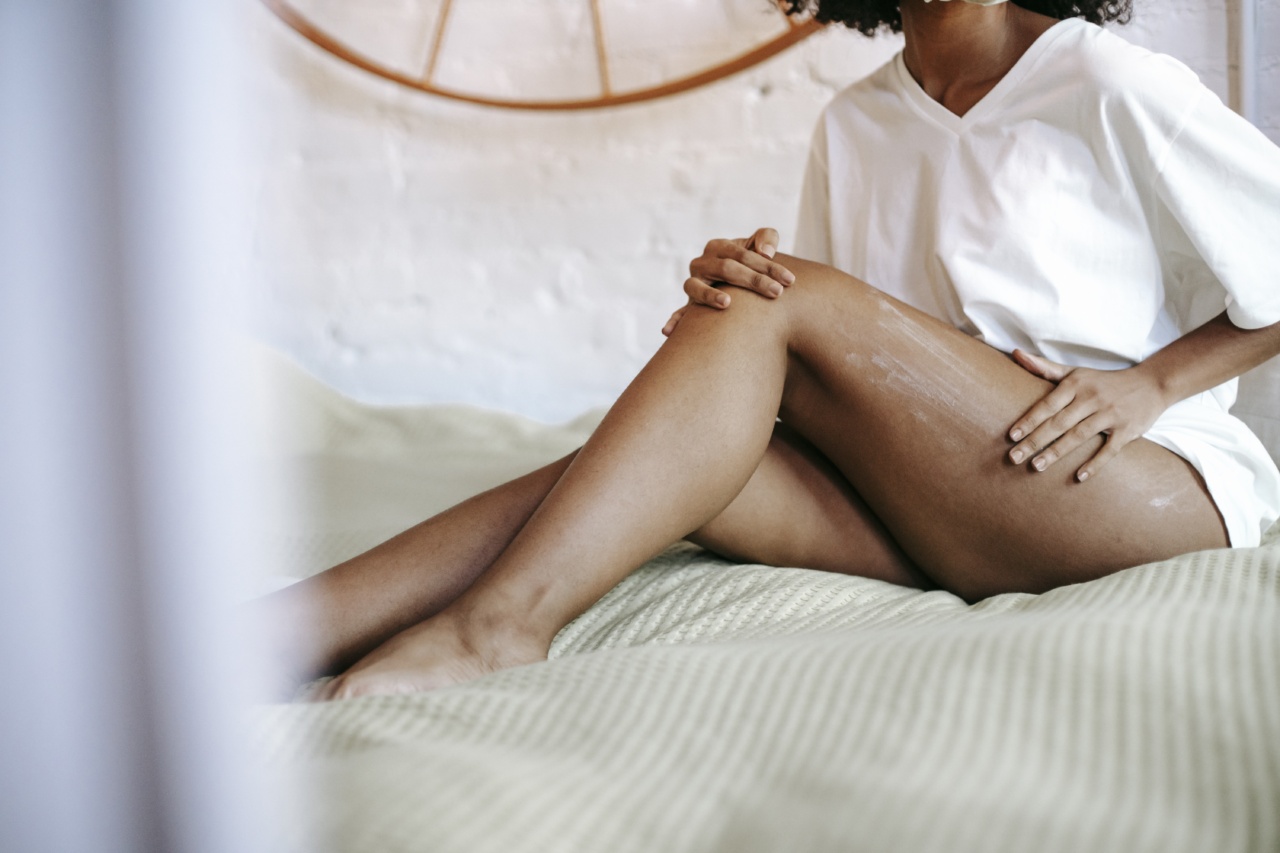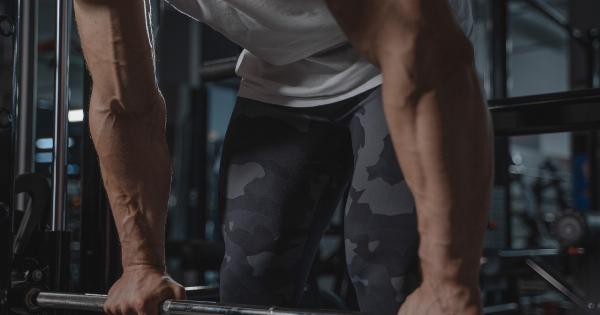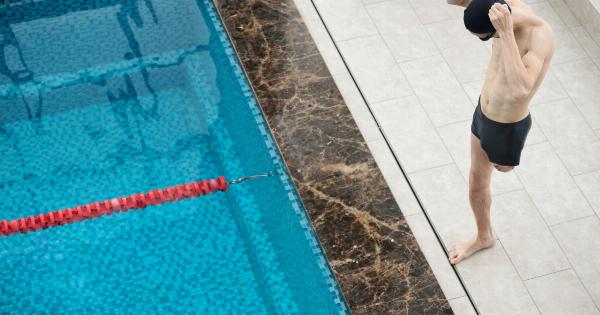Our legs play a significant role in our overall appearance and confidence. However, visible veins, such as spider veins or varicose veins, can often impact how we feel about them.
These conditions are not only aesthetically displeasing but can also cause discomfort and hinder our quality of life.
Fortunately, there are several treatment options available that can minimize the appearance of visible veins and help restore the beauty of your legs.
In this article, we will explore effective remedies, lifestyle changes, and medical treatments that can assist you in achieving healthy and attractive legs.
Understanding Visible Veins: Spider Veins vs. Varicose Veins
Before delving into the treatments, it is essential to differentiate between spider veins and varicose veins, as they require slightly different approaches.
Treating Spider Veins at Home
Spider veins are thin, twisted blood vessels that appear close to the surface of the skin, resembling spider webs or tree branches. These veins are typically harmless, but if their appearance bothers you, there are several home remedies you can try:.
1. Compression Stockings
Compression stockings are easily available over-the-counter and can help alleviate the symptoms of spider veins. These stockings help improve blood flow and reduce swelling, making them an excellent option for managing and preventing spider veins.
2. Regular Exercise
Engaging in regular physical activity promotes healthy blood circulation and helps prevent the formation of spider veins. Low-impact exercises like walking, swimming, and cycling are particularly beneficial for leg health.
3. Elevating Legs
Whenever possible, elevate your legs above the heart level to improve blood flow and minimize the appearance of spider veins. Prop up your legs on a pillow or cushion while resting or sleeping.
4. Avoid Prolonged Sitting or Standing
Avoiding long periods of sitting or standing is crucial in preventing spider veins. If your work requires extended periods of sitting or standing, try to take regular breaks and incorporate movements that promote blood circulation.
Professional Treatment Options for Spider Veins
If home remedies do not sufficiently improve the appearance of your spider veins, it may be necessary to seek professional treatments. Here are a few medical procedures that can effectively treat spider veins:.
1. Sclerotherapy
Sclerotherapy is a common treatment for spider veins. It involves injecting a solution directly into the affected veins, causing them to collapse and fade over time. Sclerotherapy is a minimally invasive procedure and is generally well-tolerated.
2. Laser Therapy
Laser therapy is another popular option for treating spider veins. It employs laser energy to target and destroy the affected veins, gradually fading their appearance. This procedure is non-invasive and requires minimal downtime.
Understanding Varicose Veins: Causes and Prevention
Varicose veins are larger and often raised blood vessels that may appear bluish or reddish in color. They usually develop due to damaged or weakened vein valves, causing blood to accumulate and veins to become enlarged.
While treatment options for varicose veins are similar to those for spider veins, prevention is equally vital. Here are some preventative measures:.
1. Maintain a Healthy Weight
Excess weight can worsen varicose veins, as it adds extra pressure on your veins. By maintaining a healthy weight, you reduce the strain on your veins, thus preventing further development or worsening of varicose veins.
2. Exercise Regularly
Regular exercise helps maintain healthy blood circulation, strengthening the leg muscles and improving vein health. Engaging in activities like jogging, yoga, or leg exercises can significantly reduce the risk of varicose veins.
3. Avoid High Heels and Tight Clothing
Wearing high heels and tight clothing can restrict blood flow, leading to increased pressure on the veins. Opt for comfortable, low-heeled shoes and loose-fitting clothing to support healthy blood circulation.
Medical Treatment Options for Varicose Veins
If preventative measures do not effectively manage or alleviate varicose veins, medical treatment may be necessary. Here are a few options that your healthcare provider might recommend:.
1. Endovenous Laser Ablation
Endovenous laser ablation, also known as EVLA or EVLT, is a minimally invasive treatment that uses laser energy to heat and close off the affected veins.
This procedure permits blood flow redirection to healthier veins, reducing the appearance and symptoms of varicose veins.
2. Vein Stripping and Ligation
In more severe cases, vein stripping and ligation surgery may be performed. This procedure involves the removal or tying off of the affected veins through small incisions. While vein stripping is effective, it generally requires a longer recovery period.
Prevention and Aftercare
Regardless of the treatment option chosen, it is essential to prioritize preventive measures and post-treatment care to ensure the long-term success of your leg’s appearance. Follow these guidelines:.
1. Adopt a Healthy Lifestyle
Maintaining a healthy lifestyle can significantly affect your leg health. Incorporate a balanced diet, regular exercise, and proper hydration to promote healthy blood circulation and reduce the risk of developing visible veins.
2. Wear Compression Garments
After undergoing medical procedures, your healthcare provider might recommend wearing compression stockings or garments to support healthy blood flow and expedite the healing process. Follow their instructions diligently.
3. Regular Check-ups
Consistent follow-up appointments with your healthcare provider are crucial to monitor your progress and address any concerns or complications promptly.
By combining the right treatment options, preventive measures, and a healthy lifestyle, you can improve the appearance of your legs and confidently showcase their beauty.
Do not hesitate to consult with a healthcare professional to determine the best approach for your specific condition.





























